Photo Gallery for Macrosaccus morrisella - No common name | Photos: 26 |
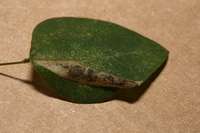 | Recorded by: David George on 2023-10-16
Durham Co.
Comment: |  | Recorded by: David George on 2023-10-16
Durham Co.
Comment: |
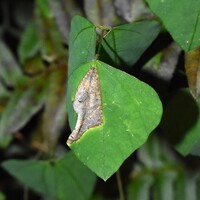 | Recorded by: David George, Jeff Niznik on 2023-09-20
Durham Co.
Comment: | 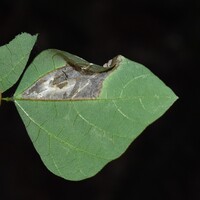 | Recorded by: David George, Jeff Niznik on 2023-09-20
Durham Co.
Comment: |
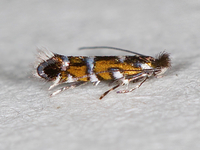 | Recorded by: Jim Petranka and Becky Elkin on 2022-09-21
Rutherford Co.
Comment: An adult that was reared from a mine on Hog-peanut (see companion photo of the mines from 2022-09-13). |  | Recorded by: Jim Petranka and Becky Elkin on 2022-09-13
Rutherford Co.
Comment: |
 | Recorded by: Jim Petranka and Becky Elkin on 2022-09-13
Rutherford Co.
Comment: | 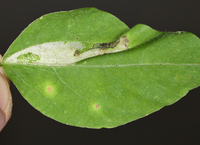 | Recorded by: Jim Petranka and Becky Elkin on 2022-08-24
Macon Co.
Comment: |
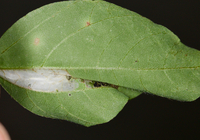 | Recorded by: Jim Petranka and Becky Elkin on 2022-08-24
Macon Co.
Comment: | 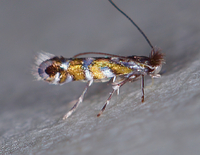 | Recorded by: Jim Petranka on 2022-08-13
Madison Co.
Comment: An adult that was reared from a mine on Hog Peanut; mine on August 7; adult on August 13. |
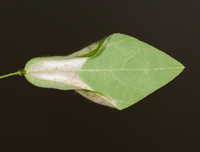 | Recorded by: Jim Petranka on 2022-08-07
Madison Co.
Comment: Two occupied mines that were on American Hog Peanut (see companion photo of an adult that emerged on 2022-08-13). | 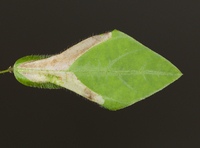 | Recorded by: Jim Petranka on 2022-08-07
Madison Co.
Comment: |
 | Recorded by: Gary Maness on 2022-06-24
Guilford Co.
Comment: | 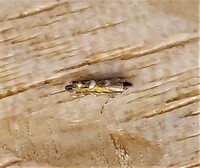 | Recorded by: Gary Maness on 2022-06-24
Guilford Co.
Comment: |
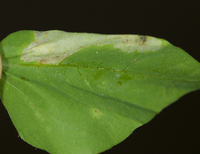 | Recorded by: Jim Petranka and Becky Elkin on 2022-06-18
Madison Co.
Comment: | 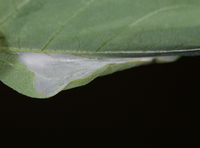 | Recorded by: Jim Petranka and Becky Elkin on 2022-06-18
Madison Co.
Comment: |
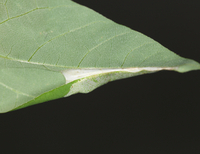 | Recorded by: Jim Petranka on 2022-06-05
Mitchell Co.
Comment: |  | Recorded by: Jim Petranka on 2022-06-05
Mitchell Co.
Comment: |
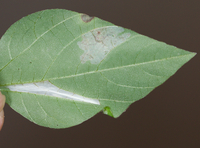 | Recorded by: Jim Petranka, Bo Sullivan and Rich Teper on 2022-05-31
Montgomery Co.
Comment: Occupied mines were on Hog Peanut. | 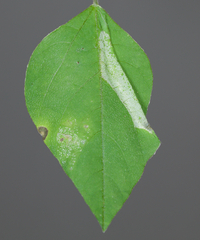 | Recorded by: Jim Petranka, Bo Sullivan and Rich Teper on 2022-05-31
Montgomery Co.
Comment: Occupied mines were on Hog Peanut. |
 | Recorded by: Jim Petranka and Becky Elkin on 2021-07-06
Madison Co.
Comment: | 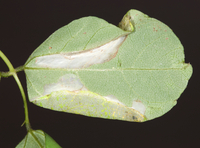 | Recorded by: Jim Petranka and Becky Elkin on 2021-07-06
Madison Co.
Comment: |
 | Recorded by: Jim Petranka and Becky Elkin on 2019-09-02
Madison Co.
Comment: A view of the underside of American Hog Peanut with a tentiform leaf mine. | 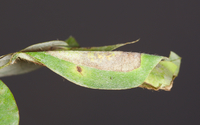 | Recorded by: Jim Petranka and Becky Elkin on 2019-09-02
Madison Co.
Comment: A side view of American Hog Peanut with a tentiform leaf mine. |
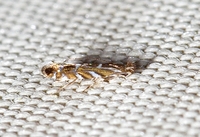 | Recorded by: Jim Petranka and Becky Elkin on 2019-04-24
Madison Co.
Comment: | 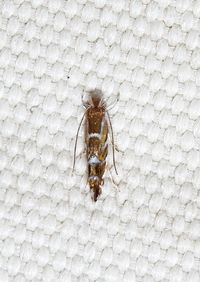 | Recorded by: Jim Petranka and Becky Elkin on 2019-04-24
Madison Co.
Comment: |
|